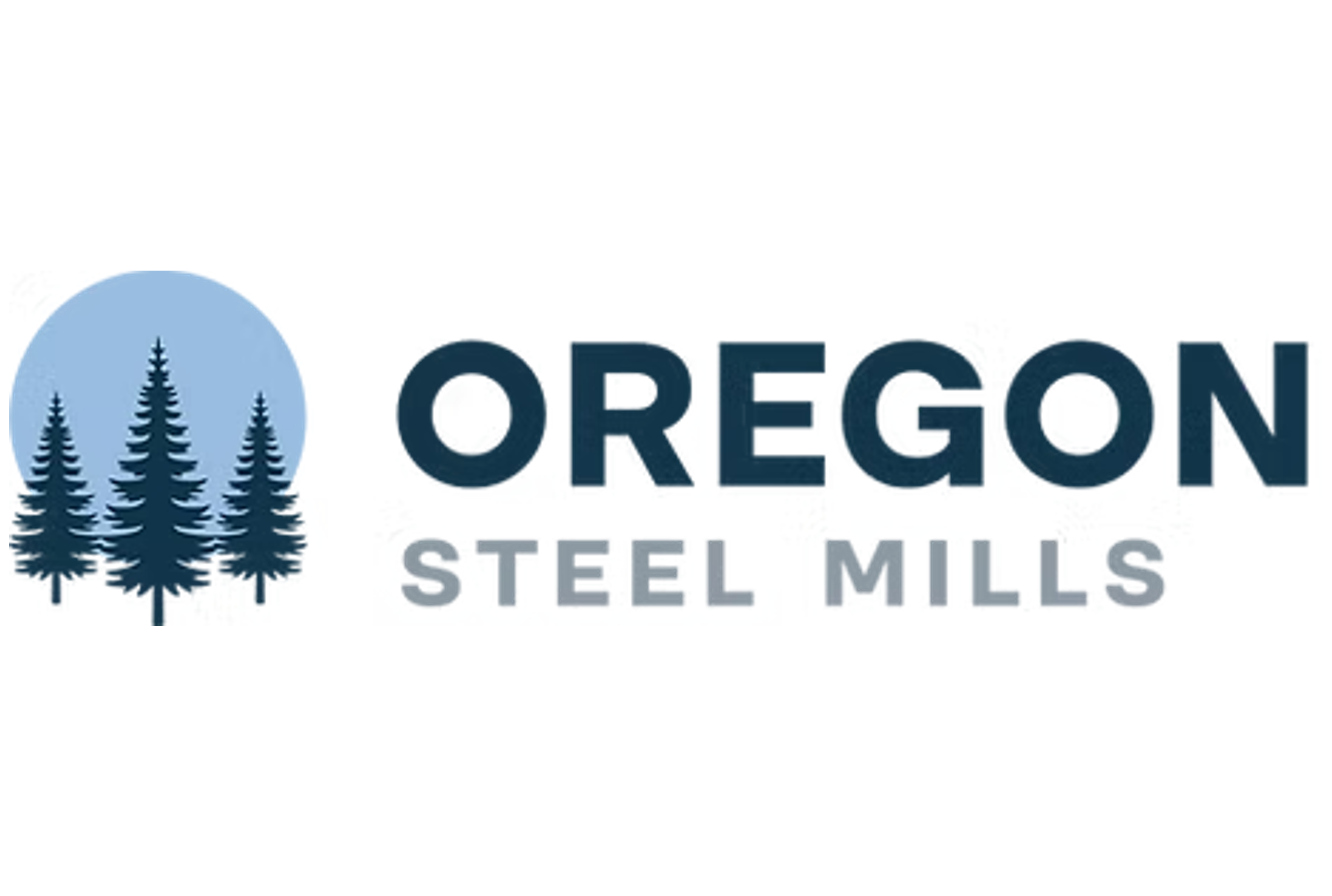Analysis

January 15, 2017
EPA Holds Firm on Fuel Efficiency Standards
Written by Sandy Williams
The Environmental Protection Agency announced fuel economy standards for 2025 on Friday, rejecting appeals to roll-back miles per gallon requirements for fleet-wide fuel efficiency. The 2025 target will remain unchanged at an average of 50.8 miles per gallon.
“My decision today rests on the technical record created by over eight years of research, hundreds of published reports including an independent review by the National Academy of Sciences, hundreds of stakeholder meetings, and multiple opportunities for the public and the industry to provide input,” EPA Administrator Gina McCarthy said in a statement. “At every step in the process the analysis has shown that the greenhouse gas emissions standards for cars and light trucks remain affordable and effective through 2025, and will save American drivers billions of dollars at the pump while protecting our health and the environment.”
The EPA says that automotive manufacturers have shown the ability to develop and adopt fuel economy technologies at “unprecedented rates” while continue to thrive. The Agency is retaining the current standards despite an industry record suggesting the standards could be made even more stringent.
“Retaining the current standards preserves the significant cuts in harmful carbon pollution expected from the original standards, and provides regulatory certainty for this global industry that must meet similar standards in other markets including Canada and Europe,” said the statement from the EPA.
The decision by the EPA was not due until April 18 resulting in critics accusing the EPA of moving too fast in order to lock-in standards before the new administration takes over. The current fleet-wide average for cars and light trucks is about 35.3 miles per gallon.
The Alliance of Automobile Manufacturers, which represents 12 major automakers, criticized the decision and urged the Trump administration to determine whether to accept the EPA decision.
Said the Alliance spokesperson Gloria Borquist, “Our fundamental priority remains striking the right balance to continue fuel economy gains and carbon reduction without compromising consumer affordability and vital jobs producing vehicles. This crucial balance requires a midterm review that proceeds on the original EPA timetable, culminating not now but by April 2018.”
“We look forward to working with the federal agencies and California to see whether we can find a prudent compromise path forward that avoids an unnecessary and counterproductive regulatory collision,” added Borquist.
John Bozzella, President and CEO, Global Automakers made the following statement, “The Environmental Protection Agency has still failed to state a compelling reason for rushing its final determination. It unnecessarily truncated public comment and prevented scrutiny of an important policy decision that will affect consumers, investment, public health and the environment. This can only undermine confidence in the objectivity of policymaking. It merits a serious look by the incoming administration.”
The American Iron and Steel Institute said it was “very concerned” about the EPA announcement.
Thomas J. Gibson, president and CEO of AISI, said, “Steel is a key part of the solution for the auto sector in their work to lower greenhouse gas emissions. However, we are very concerned that the good faith efforts by our industry and our customers were short-circuited by the outgoing Administration this week. EPA’s attempt to push through a final regulation, before all of the public comments were thoroughly considered, contradicts their commitment to coordinate its rulemaking across other agencies and in cooperation with stakeholders. We are very disappointed and will be working with the incoming Administration to continue to help automakers ensure that vehicles remain affordable, consumers continue to have a wide range of vehicle choices, and jobs are preserved.”
The National Automobile Dealers Association issued the following statement urging the Trump Administration to reverse the EPA decision:
“The Obama Administration today just made new cars and trucks thousands of dollars more expensive for America’s working men and women. Expensive and unaffordable new cars will drive Americans into less efficient, less clean and less safe used cars – undermining the very goals of this policy. We urge the incoming Trump Administration to withdraw today’s action, and we look forward to working with the new Administration to ensure that working families can choose the cleaner, safer new cars and trucks they need at prices they can afford.”
The EPA decision also had its share of supporters.
Dan Becker, director of the Safe Climate Campaign, applauded EPA’s decision. “The clean-car standard is the biggest single step any nation has taken to fight oil use and global warming,” said Becker. “Despite dire automaker warnings that the rules would be unachievable, the car companies are now complying–making huge profits and selling record numbers of vehicles for a second consecutive year even as the standard has grown tighter.”
Ken Kimmell, president of the Union of Concerned Scientists, said the standards are a “remarkable success” and the EPA made the right decision.
“This decision is based on a robust technical record, including last year’s Technical Assessment Report, showing that automakers have the technologies to continue their progress in a cost-effective way,” said Kimmel. “It will keep us on track to reduce oil use by 2.4 million barrels a day, cut global warming emissions and keep American-made vehicles competitive in a rapidly-changing global market.
“Automakers aren’t just meeting these standards, they’re exceeding them—and thriving. While new cars continue to get more fuel efficient across sizes and price levels, 2015 and 2016 have been the strongest years for sales in U.S. history. These standards are doing exactly what they’re designed to do. It’s a common sense policy, and it’s important to continue to move forward.”
Kelly Bluebook analyst Rebecca Lindland told the Detroit Free Press, “While automakers would certainly welcome an easing of the standards, the reality is their product plans are already in motion; 2022 is tomorrow in automotive planning terms.”







